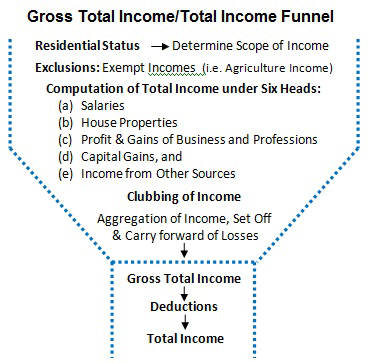In a larger manufacturing operation, it is best to calculate this variance at the individual product level, since it reveals little actionable information at an aggregate level. The resulting information is used by the production manager and purchasing manager to investigate and correct problems. Standard costs are sometimes referred to as the “should be costs.” DenimWorks should be using 278 yards of denim to make 100 large aprons and 60 small aprons as shown in the following table. In the first six months of 2004, steel prices increased 76 percent, from $350 a ton to $617 a ton.
- Even though the answer is a positive number, the variance is unfavorable because more materials were used than the standard quantity allowed to complete the job.
- This is because the actual price paid to buy 5,000 units of direct material exceeds the standard price.
- Thus the standard quantity (SQ) of 420,000 pounds is 2 pounds per unit × 210,000 units produced and sold.
- See direct material usage variance#Example and direct material price variance#Example for computations of both components.
- Auto part suppliers that rely on steel will continue to scrutinize materials price variances and materials quantity variances to control costs, particularly in a period of rising steel prices.
These thin margins are the reason auto suppliers examine direct materials variances so carefully. Any unexpected increase in steel prices will likely cause significant unfavorable materials price variances, which will Direct material total variance lead to lower profits. Auto part suppliers that rely on steel will continue to scrutinize materials price variances and materials quantity variances to control costs, particularly in a period of rising steel prices.
How is the direct material quantity variance calculated?
Accountants determine whether a variance is favorable or unfavorable by reliance on reason or logic. If more materials were used than the standard quantity, or if a price greater than the standard price was paid, the variance is unfavorable. The standard quantity of 420,000 pounds is the quantity of materials allowed given actual production.
Direct materials quantity variance is also known as direct material usage or volume variance. Standard direct material usage refers to the amount of materials allowed to be used per unit produced. In a multi-product company, the total quantity variance is divided over each of the products manufactured.
Direct Materials Quantity Variance: Definition
In a standard costing system, the costs of production, inventories, and the cost of goods sold are initially recorded using the standard costs. In the case of direct materials, it means the standard quantity of direct materials that should have been used to make the good output. If the manufacturer uses more direct materials than the standard quantity of materials for the products actually manufactured, the company will have an unfavorable direct materials usage variance. If the quantity of direct materials actually used is less than the standard quantity for the products produced, the company will have a favorable usage variance.

In our example, DenimWorks should have used 278 yards of material to make 100 large aprons and 60 small aprons. Because the company actually used 290 yards of denim, we say that DenimWorks did not operate efficiently. When we multiply the additional 12 yards times the standard cost of $3 per yard, the result is an unfavorable direct materials usage variance https://accounting-services.net/bookkeeping-fort-worth/ of $36. The standard cost of actual quantity purchased is calculated by multiplying the standard price with the actual quantity. This amount will represent the expected expenditure on direct material for this many units. The difference between this actual expenditure and the actual expenditure on direct material is the direct materials price variance.
Fundamentals of Direct Materials Variances
The direct materials variances measure how efficient the company is at using materials as well as how effective it is at using materials. There are two components to a direct materials variance, the direct materials price variance and the direct materials quantity variance, which both compare the actual price or amount used to the standard amount. The direct materials price variance of Hampton Appliance Company is unfavorable for the month of January. This is because the actual price paid to buy 5,000 units of direct material exceeds the standard price. Direct materials quantity variance is a part of the overall materials cost variance that occurs due to the difference between the actual quantity of direct materials used and the standard quantity allowed for the output.
Note that both approaches—the direct materials quantity variance calculation and the alternative calculation—yield the same result. Direct materials price variance account is a contra account that is debited to record the difference between the standard price and actual price of purchase. A favorable materials quantity variance indicates savings in the use of direct materials. An unfavorable variance, on the other hand, indicates that the amount of materials used exceeds the standard requirement. ABC International expects to use five yards of thread in its production of a tent, but actually uses seven yards. This results in an unfavorable direct material usage variance of two yards of thread.
